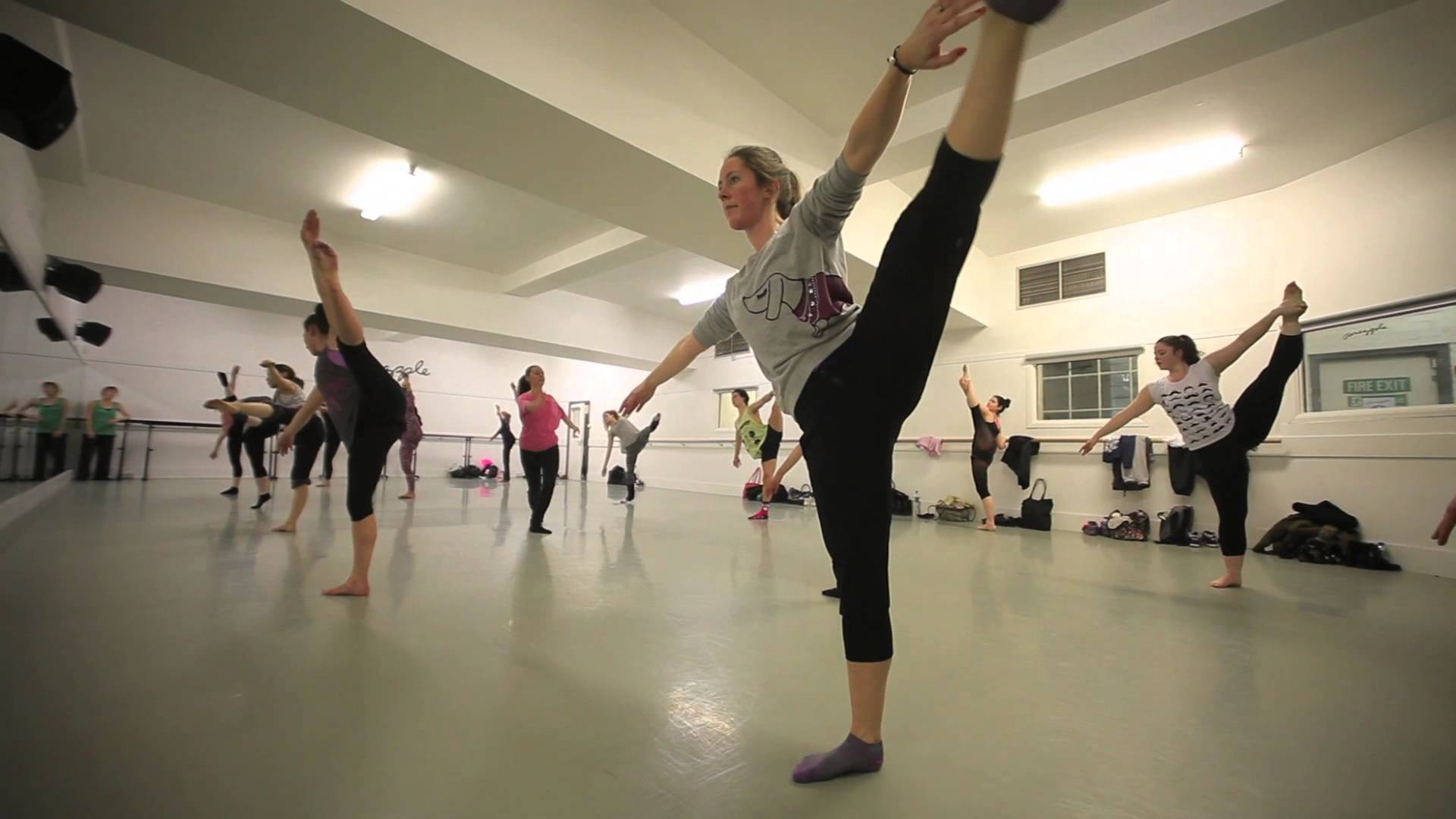
Advertisement
By Julie Wilson
NaturalNews.com
(WomensFitnessFocus.com) Physically pushing your body to its limit for even just a few minutes each week is one of the healthiest habitats you can practice when it comes to your exercise routine. High-intensity interval training (HIIT), or vigorous exercise performed in short bouts of time followed by brief periods of rest, is the most effective way to burn fat and boost your overall health, according to emerging research.
However, despite the widely understood health benefits of HIIT, Katy Bowman, a biomechanist based in Ventura, Calif., insists that walking is the new “superfood,” adding that one hour of intense exercise at the gym isn’t enough to offset the consequences of sitting for 10 hours.
Bowman, who authored the book Move Your DNA: Restore Your Health Through Natural Movement, says walking is just as imperative as eating. She suggests there are movement nutrients similar to dietary nutrients.
“Walking is a superfood. It’s the defining movement of a human,” said Bowman. “It’s a lot easier to get movement than it is to get exercise.”
But is performing natural movements throughout the day really enough? A growing body of research says absolutely not.
Walking may be the “defining movement of a human,” but is it enough exercise to keep us healthy?
Compared with conventional aerobics and low-intensity exercise such as walking, high-intensity interval training releases the human growth hormone, or the “fitness hormone,” which scientists say is crucial for maintaining strength, health and longevity.

When healthy but inactive people exercised intensely, even for just a few minutes, the DNA molecules within their muscles undergo important chemical and structural changes, according to a 2012 study published in The Journal of Physiology.
High-intensity interval training genetically reprograms muscles for strength and positively affects genes responsible for burning fat, the study found. But weight loss isn’t the only benefit. Researchers found that HIIT leaves you feeling more energetic, improves your overall athletic performance (including increasing your speed), firms your skin (less wrinkles), boosts your sex drive and improves muscle tone.
High-intensity interval training is even beneficial for those with serious health problems; in fact, The New York Times reports that HIIT is being studied as a potential treatment that may be more effective than medication for people with chronic ailments.
For patients suffering from heart disease, stroke, diabetes, pulmonary disease, arthritis and Parkinson’s disease, HIIT is extremely advantageous, as it may prevent or even reverse the damage caused by such ailments.
Scientist: “You can’t offset 10 hours of stillness with one hour of exercise.” Or can you?
“Actively sedentary is a new category of people who are fit for one hour but sitting around the rest of the day,” Bowman said. “You can’t offset 10 hours of stillness with one hour of exercise.”
Other scientists would disagree.
Not only do you reap the benefits of HIIT well after your workout is over, but your body is able to increase its ability to use oxygen and insulin. It also opens up your arteries, making them more elastic as oxygen-carrying blood flows more smoothly, reducing the risk of a vessel-blocking clot.
“Too many people think incorrectly that high-intensity exercise is only for athletes, that it’s a heart attack waiting to happen,” said Dr. Jonathan P. Little, a specialist in exercise physiology at the University of British Columbia at Okanagan.
Instead, research suggests that HIIT is more likely to reduce the risk of a heart attack, as well provide remarkable benefits for those suffering from diabetes.
“We’ve seen, for example, that interval training is remarkably effective at lowering glucose levels in people with diabetes,” said Little. “Just one session improves a person’s glucose level.”
Additional sources:
WomensFitnessFocus.com is part of the USA Features Media network.
Submit a correction >>
Advertisement
Advertisements















